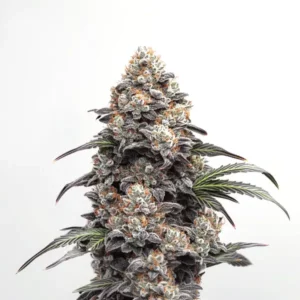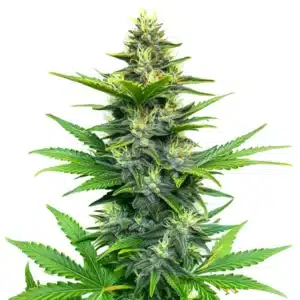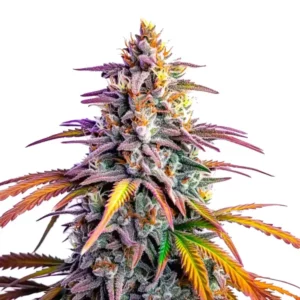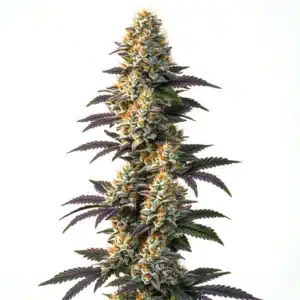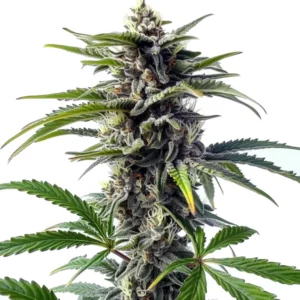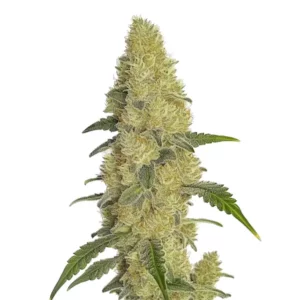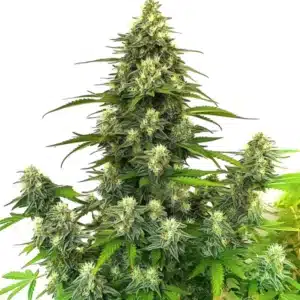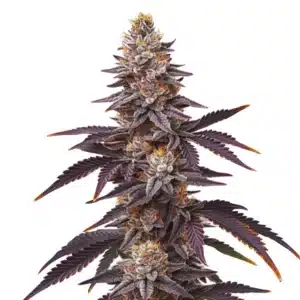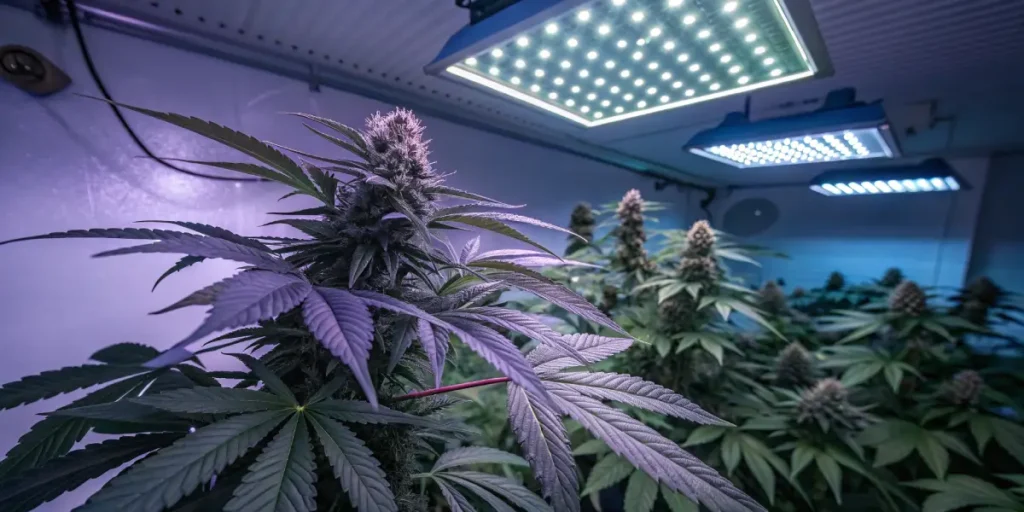
The Zen of Growing: Mastering Your Plant’s Stress Response
Your cannabis plant is a master of survival. It’s constantly reading its environment, reacting to light, water, and food to stay alive. This is its “stress response.” Your goal as a grower isn’t to create a world with zero stress, but to become a zen master for your plants to build an environment so stable and perfect that they never have to waste energy panicking.
When a plant is happy, it shows it. But when it’s stressed, it screams for help through the language of its leaves. Let’s learn how to listen and how to respond.
Recommended Strains
Alien GG
|
|
THC | 23% - 24% (Medium) |
|
|
Type | Feminized |
|
|
Yield | High |
|
|
Phenotype | 70% Indica / 30% Sativa |
Alien GG Regular
|
|
THC | 22% - 24% (Medium) |
|
|
Type | Regular |
|
|
Yield | High |
|
|
Phenotype | 70% Indica / 30% Sativa |
The Keystone of Health: Your pH
Before we talk about anything else, we talk about pH. Because the pH of your water is the keystone that holds your entire grow together. If it’s wrong, everything else will fall apart.
For soil, your unbreakable rule is a stable watering pH of 6.0. Get this wrong, and you trigger the most common stress of all: nutrient lockout. The food is in the soil, but your plant can’t eat it.
How does it tell you this? It starts to cannibalize itself to survive. Nitrogen is a mobile nutrient, so the plant will steal it from the old, lower leaves and send it up to the new growth at the top. Yellowing bottom leaves are not a sign to feed more; they are a sign to check your pH.
Promos & Deals
The Great Stressors: Water, Light, and Pests
Water Stress: The most primal fear of any plant is drought. For outdoor grows, having a reliable water source nearby is non-negotiable. But the single best defense against water stress for any plant is a simple layer of mulch. Think of mulch as your plant’s canteen. It’s a protective blanket on the soil that holds in moisture, keeps the roots cool, and creates a stable, stress-free environment.
Light Stress: Your plant’s relationship with light has two extremes. Too little light, and your plant will etiolate a fancy word for stretching desperately towards the source, growing tall, skinny, and weak. Too much light, and it gets a sunburn, with the top leaves looking bleached, burnt, or yellow.
Pest Stress: Pests are a huge source of stress. And their favorite place to set up camp is the underside of the leaves. Your plant also breathes through pores (stomata) in the same spot. A regular, gentle wipe-down of the bottom of the fan leaves is like a spa day and a security sweep all in one. It keeps the plant breathing easy and evicts pests before they can build an army.
The Recovery Cocktail
So, you’ve identified a stressor and fixed the root cause. How do you help your plant heal?
Give it a recovery cocktail. Look for a supplement containing natural plant hormones like auxins, gibberellins, and cytokinins. These are often found in organic kelp or seaweed extracts. This is like a vitamin super-shot for a recovering plant, helping it bounce back and return to vigorous, healthy growth.
When you master the environment, you master the art of growing. Resilient strains like Blue Dream, OG Kush, and Sour Diesel are fantastic because they are tough and will forgive small mistakes while you learn. By learning their language, you can truly Cultivate a thriving Homegrown garden.
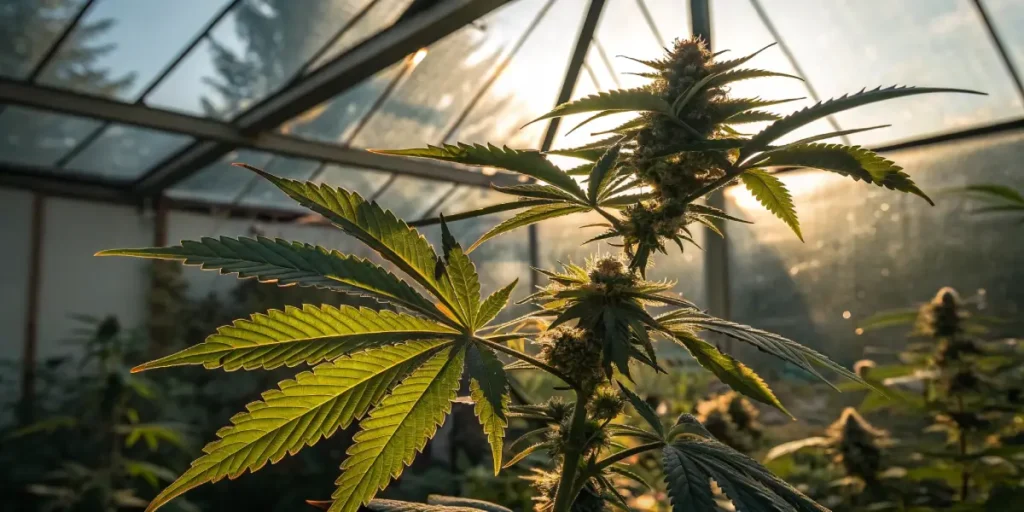
Frequently Asked Questions
What’s the difference between a plant starving and being “locked out”?
“Starving” means there are no nutrients in the soil. “Locked out,” which is far more common, means the nutrients are in the soil, but the plant can’t absorb them because the pH is wrong. The most common sign of this is yellowing lower leaves, as the plant pulls the mobile nutrient nitrogen from itself to survive.
What’s the simplest and most effective way to reduce water stress?
Use a layer of mulch on top of your soil. Mulch insulates the root zone from heat and dramatically reduces the rate of water evaporation. This creates a much more stable and consistent moisture level, which is the key to preventing both underwatering and overwatering stress.
My plant is growing really tall and weak with big gaps between leaves. What’s wrong?
That’s a classic sign of insufficient light, a process called “etiolation” or stretching. Your plant is desperately reaching upwards, trying to find a more powerful light source. It’s putting all its energy into gaining height, resulting in weak, spindly stems.
Is there anything I can give my plant to help it recover from a period of stress?
Yes. After you’ve fixed the source of the problem, a supplement containing natural plant hormones can work wonders. Products made from kelp or seaweed are rich in auxins and gibberellins, which act as a recovery tonic, helping the plant bounce back and resume healthy growth.


